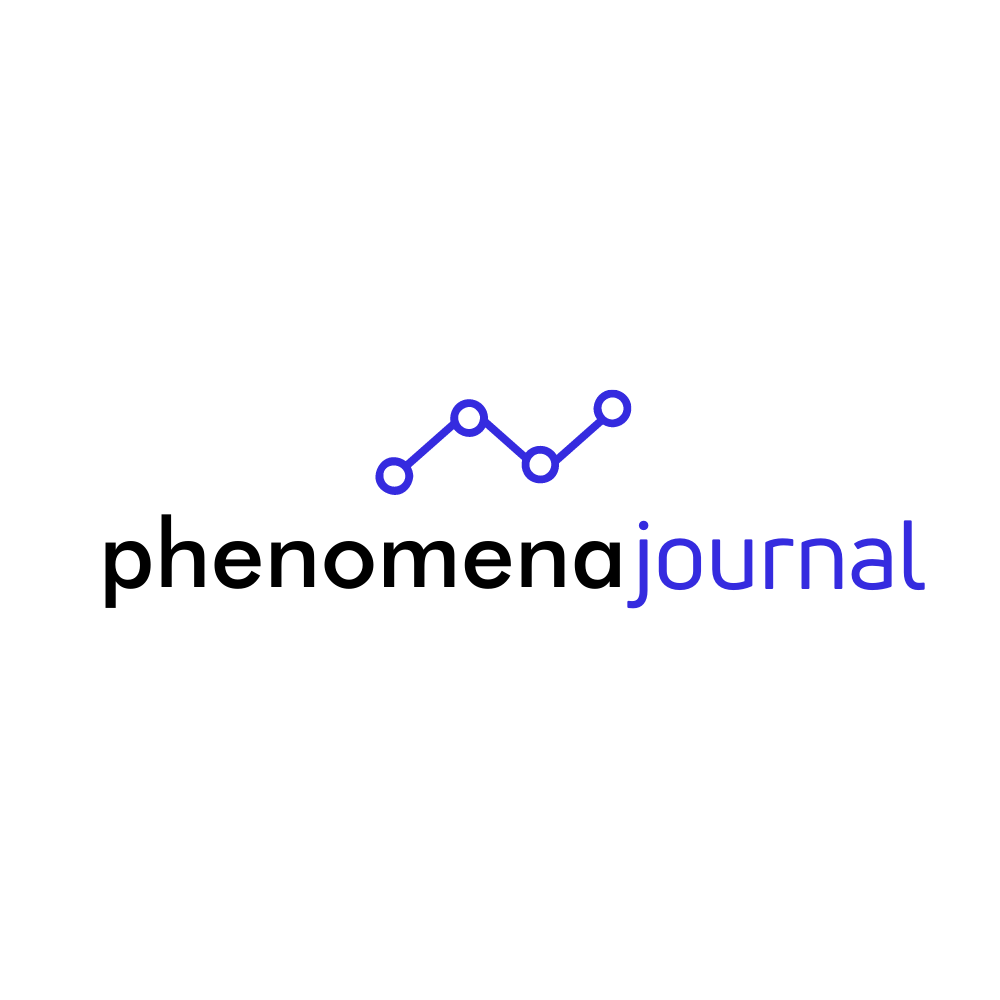
Pubblicato 25.05.2023
Parole chiave
- Autismo,
- abilità sociali,
- tecniche integrate
Come citare
Copyright (c) 2023 Lorena Vincenza Perrone, Claudia Tornetta, Alberto Meloni, Chiara Micozzi

Questo lavoro è fornito con la licenza Creative Commons Attribuzione - Non commerciale 4.0 Internazionale.
Abstract
Il progetto nasce dal bisogno di ampliare le opportunità di esperienze sociali delle persone con autismo in età evolutiva. Il seguente articolo offre una visione d'intervento che va oltre la terapia abilitativa individuale, solitamente rivolta a tali soggetti, permettendo alla persona con disturbo dello spettro autistico di entrare in relazione con l’altro in un ambiente sicuro e vivere esperienze sociali che in autonomia faticherebbe a ricercare e gestire. La modalità d'intervento si fonda sul potenziamento e sullo sviluppo delle abilità sociali necessarie a instaurare relazioni positive e funzionali nella società, volte a migliorare la qualità della vita della persona autistica e della famiglia. Attraverso la partecipazione a gruppi strutturati, in base agli obiettivi specifici e alle competenze del singolo, si propone una sequenzialità di partecipazione che propedeuticamente accompagna la persona con autismo. Il progetto si fonda sull'integrazione di modelli e tecniche d'intervento, in particolare in riferimento alla Gestalt e alle tecniche Cognitivo Comportamentali. L’obiettivo ultimo di questo tipo di approccio integrato è quello di consegnare all’utente tutte le competenze tipiche della comunicazione, delle regole sociali e del comportamento tra pari. La carenza delle abilità sociali e la scarsa capacità di interagire con gli altri sono una caratteristica della sintomatologia dello spettro autistico, tanto da rientrare nei criteri diagnostici, questo non vuole dire che le persone autistiche non siano interessate a interagire con gli altri, considerando il problema nell’ottica di una mancanza di capacità, piuttosto che di motivazione, è possibile utilizzare le conoscenze cliniche che abbiamo ad oggi per migliorare le loro competenze sociali e ad integrarsi al meglio nella società.
Riferimenti bibliografici
- American Psychiatric Association (2013, IT. 2014) DSM5 Manuale Diagnostico e Statistico dei Disturbi Mentali. Raffaello Cortina Editore
- Ligotti, C., & Roccella, M. (2005). Autismo e disturbi generalizzati dello sviluppo. Metodi e strategie di intervento educativo-abilitativo.
- Perrone, L. V., & Tornetta, C. (2021). Autismo: le difficoltà genitoriali e l’intervento Gestaltico Integrato. Phenomena Journal - Giornale Internazionale Di Psicopatologia, Neuroscienze E Psicoterapia, 3(2), 23–33.
- Xaiz, C., & Micheli, E. (2001). Gioco e interazione sociale nell'autismo: cento idee per favorire lo sviluppo dell'intersoggettività. Edizioni Erickson.
- Bettelheim, B., & Pandolfi, A. M. (1978). La fortezza vuota: l'autismo infantile e la nascita del sé. Garzanti.
- Perrone L. V., Mazzara M., Catania V. (2020). Il Modello della Gestalt Integrata nell’acquisizione di autonomie e nell’inclusione sociale dei soggetti autistici e con disabilità intellettive in età adulta Phenomena Journal, 2, 63-70.
- Lovaas, I. (1981). The ME book. Austin, TX: Pro-Ed.
- Schopler, E., Reichler, R. J., & Lansing, M. (1980). Teaching strategies for parents and professionals. (No Title).
- Baron-Cohen, S., Leslie, A. M., & Frith, U. (1985). Does the autistic child have a “theory of mind”. Cognition, 21(1), 37-46.
- Atwood T. e Garnett M. (2016). Sconfiggere la depressione nello spettro autistico. Traduzione italiana a cura di Moscone D., Vagni D., Edra, Milano.
- Perrone, L., & Gigante, E. (2019). L’integrazione delle Tecniche Cognitivo-Comportamentali e Gestaltiche nel lavoro con lo Spettro Autistico. Phenomena Journal - Giornale Internazionale Di Psicopatologia, Neuroscienze E Psicoterapia, 1(2), 97–104.
- Spagnuolo Lobb, M. (2015). Il sé e il campo in psicoterapia della Gestalt. Quaderni di Gestalt, 2(2), 5-8.
- Perls, F., Hefferline, R. F., &Goodman, P. (1971). Teoria e pratica della terapia della Gestalt.Roma: Astrolabio.
- Evolutiva, C. A. E., & Marche, R. (2016). AppliedBehavior Analysis e VerbalBehavior: insegnare la comunicazione funzionale. Falconara
- Micheli, E., & Zacchini, M. (2009). Verso l'autonomia: la metodologia TEACCH del lavoro indipendente al servizio degli operatori dell'handicap. Vannini
- Moody, C. T., & Laugeson, E. A. (2020). Social skills training in autism spectrum disorder across the lifespan. Psychiatric Clinics, 43(4), 687-699.
- Chilosi, A. M., & Cipriani, P. (1995). Strategie per l'insegnamento delle abilità sociali in persone con disturbi dello spettro autistico. AJIDD – edizione italiana, 9, 2, 243-250.
- Salviato, C., Cornoldi, C., & Mammarella, I. C. (2020). Intervento per le difficoltà socio-relazionali: Programma cognitivo-comportamentale sulle social skills per ragazzi con autismo, ADHD e altri disturbi. Erickson
- Filipek, P. A., Accardo, P. J., Baranek, G. T., Cook, E. H., Dawson, G., Gordon, B., ... & Volkmar, F. R. (1999). The screening and diagnosis of autistic spectrum disorders. Journal of autism and developmental disorders, 29, 439-484.
